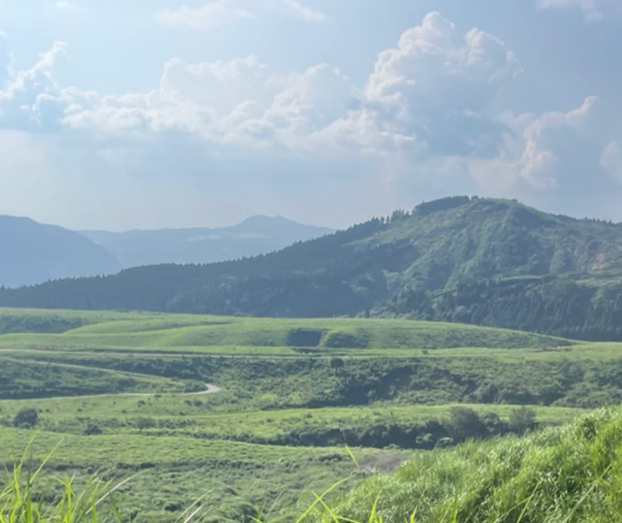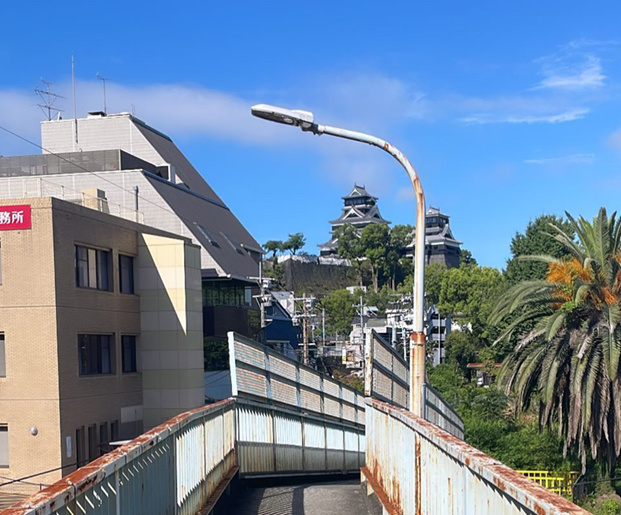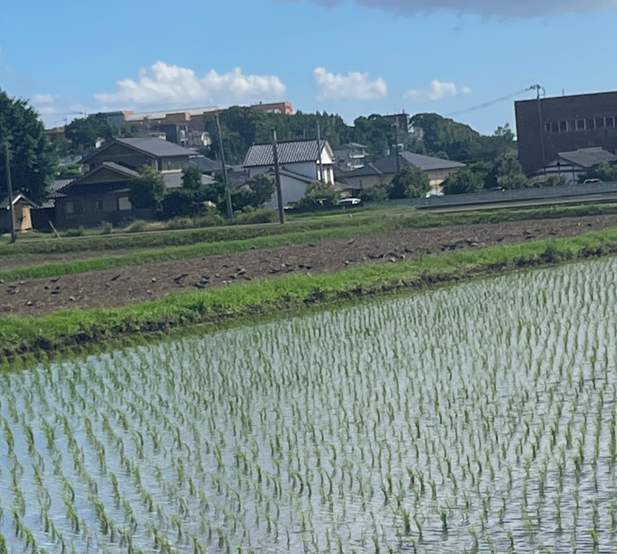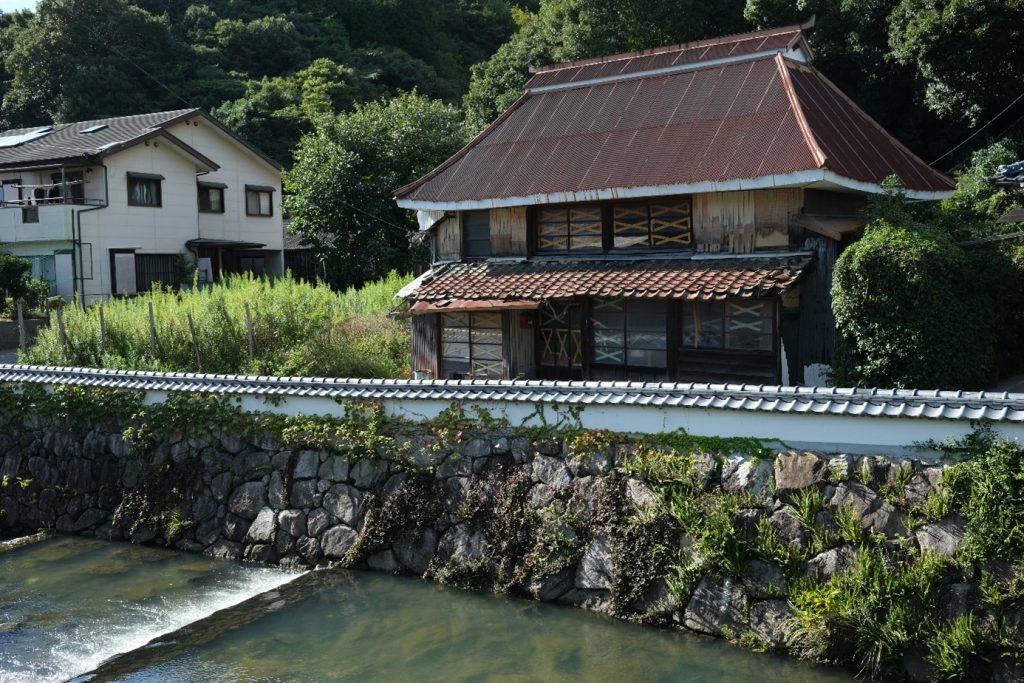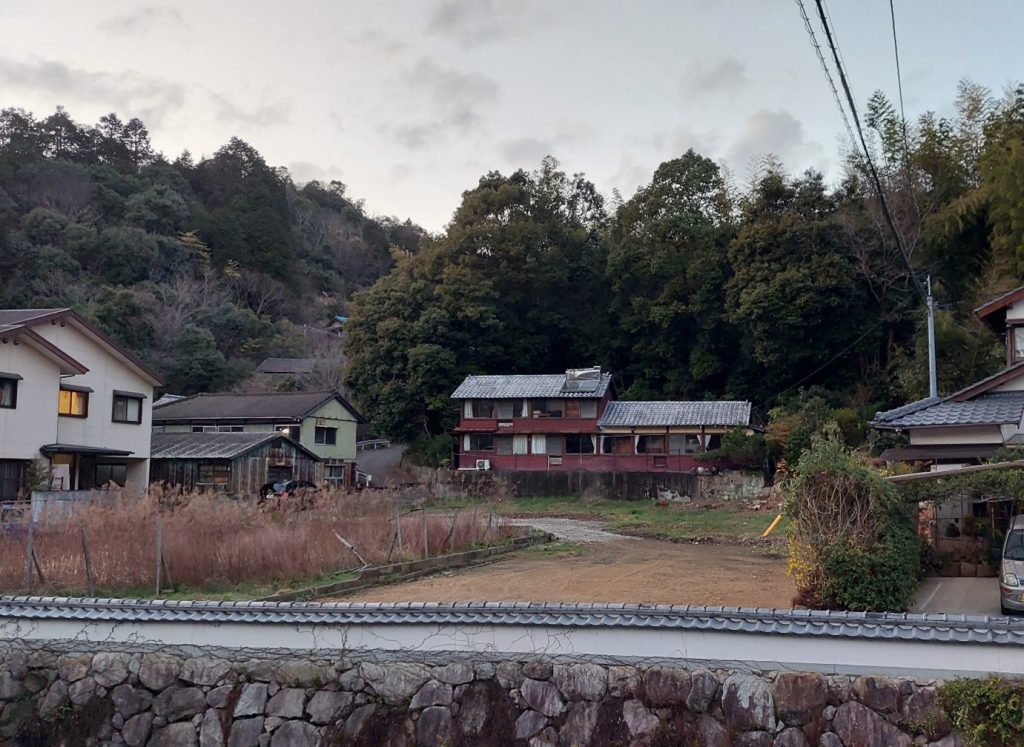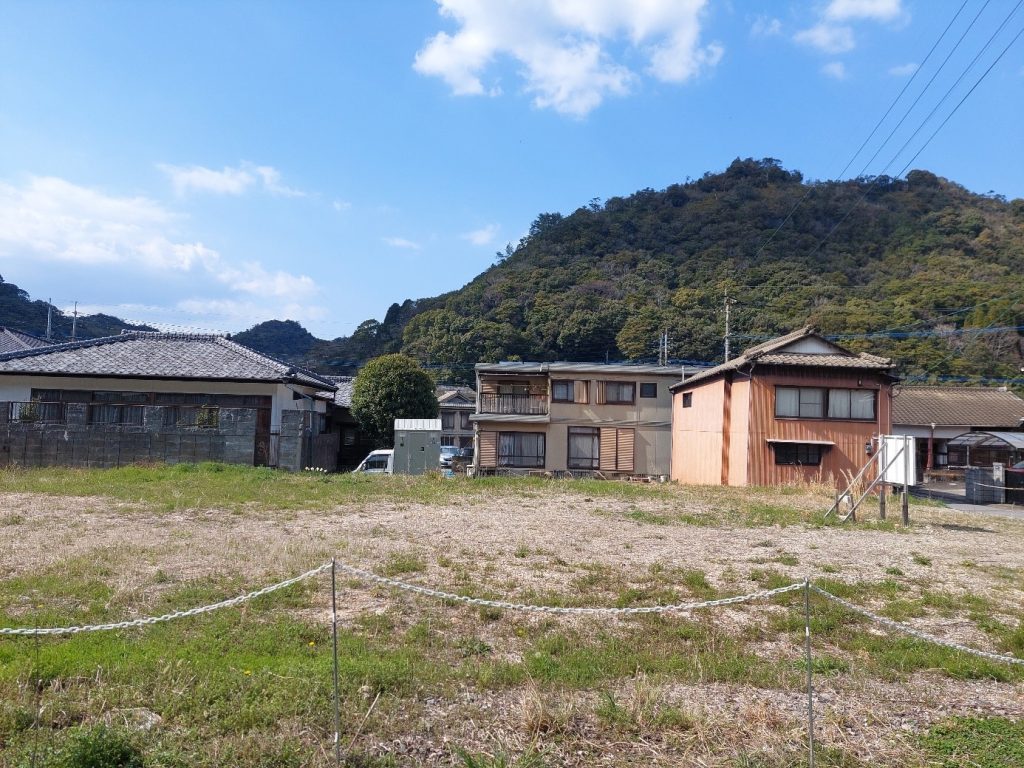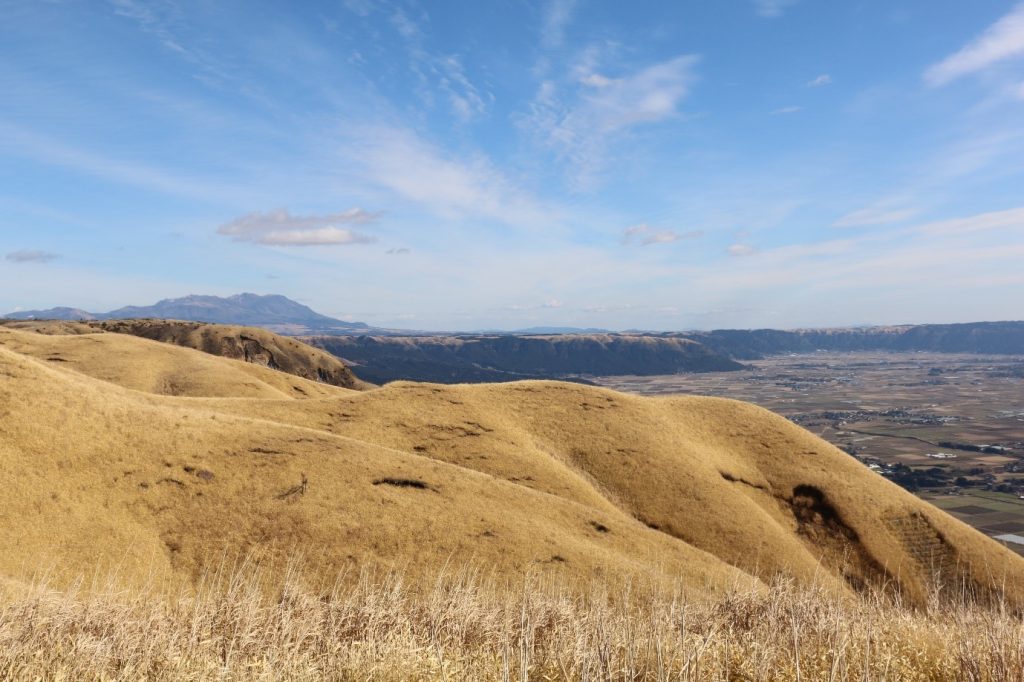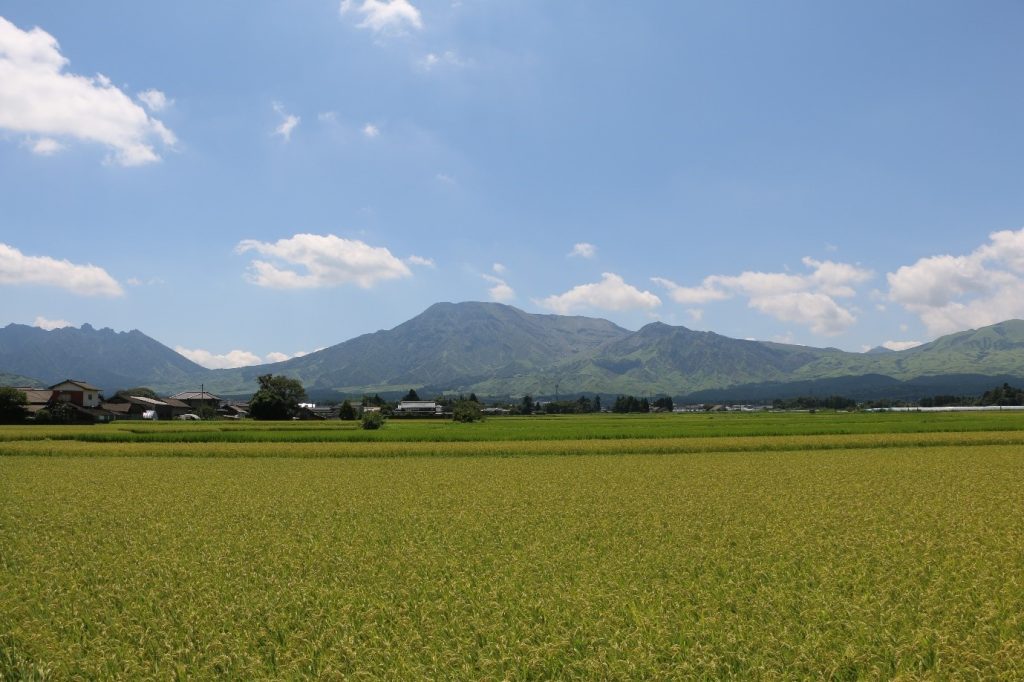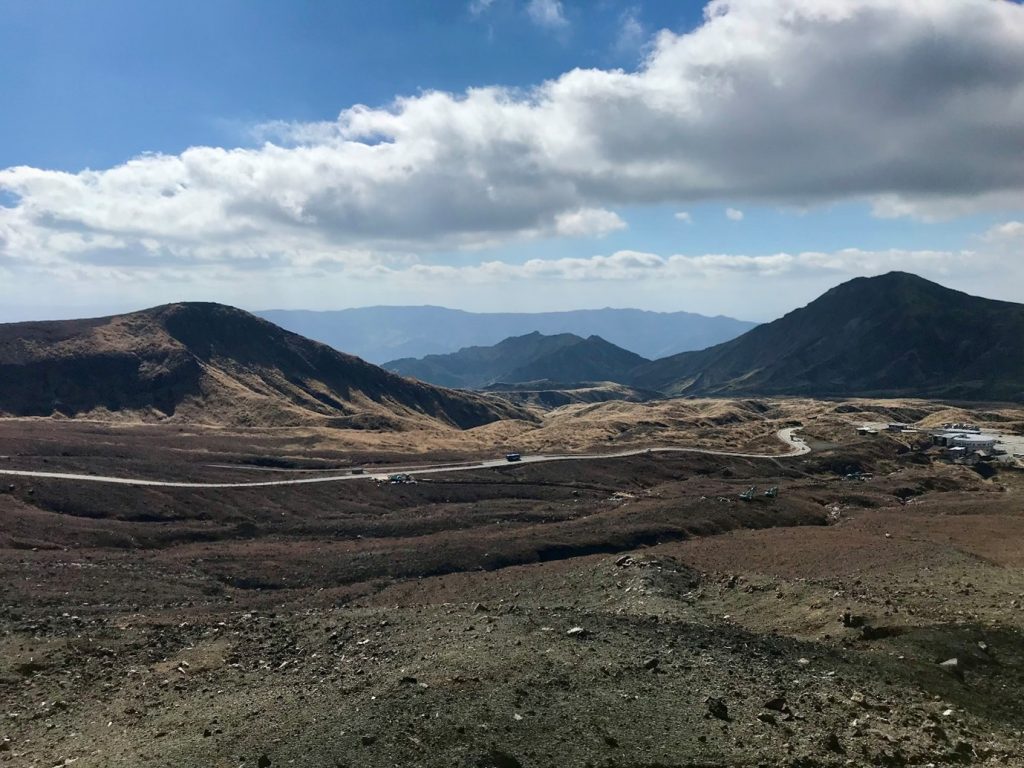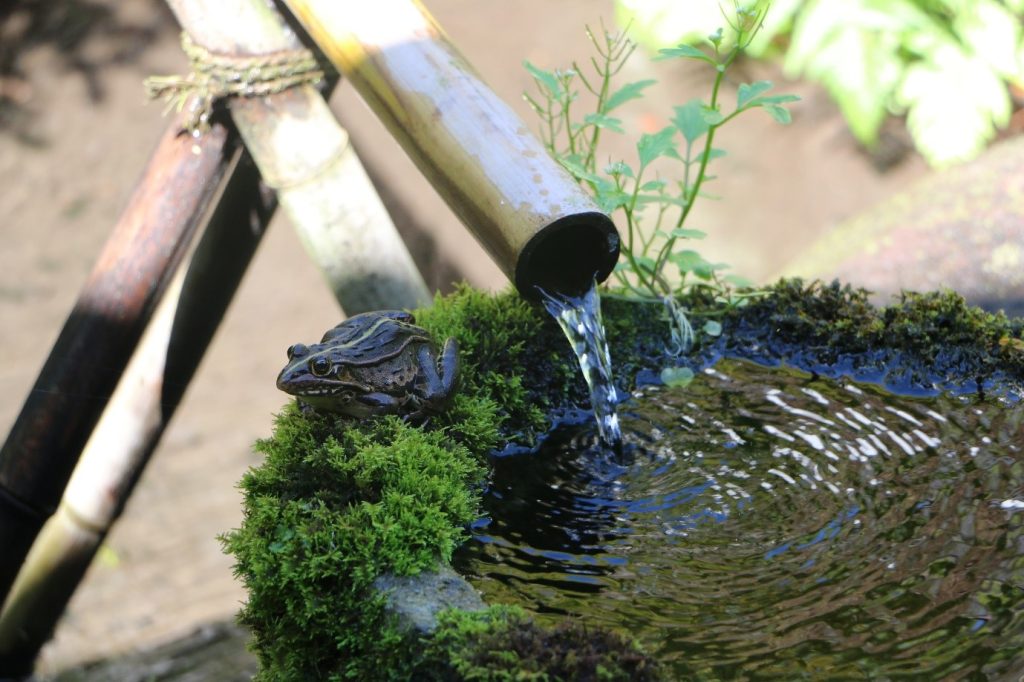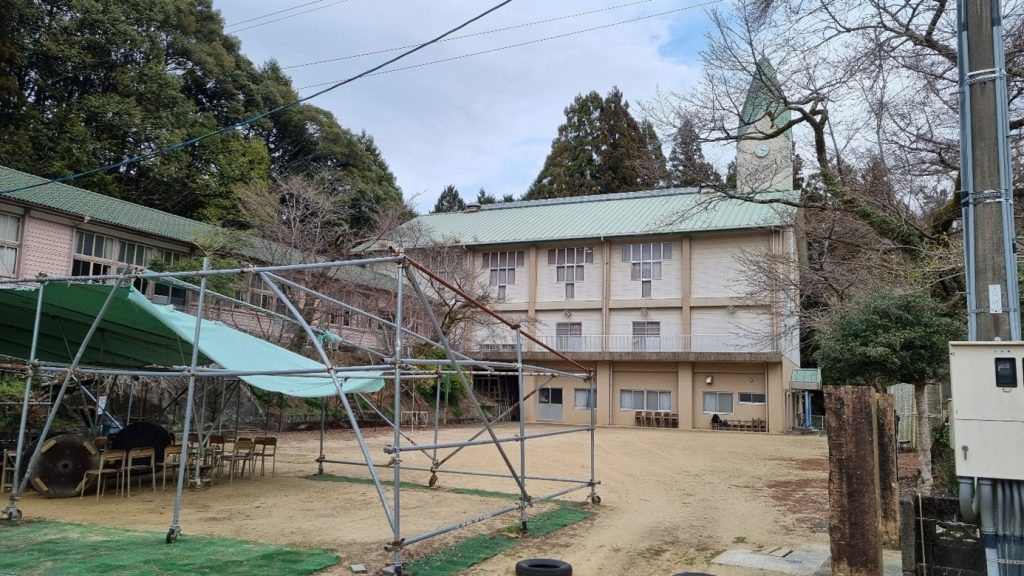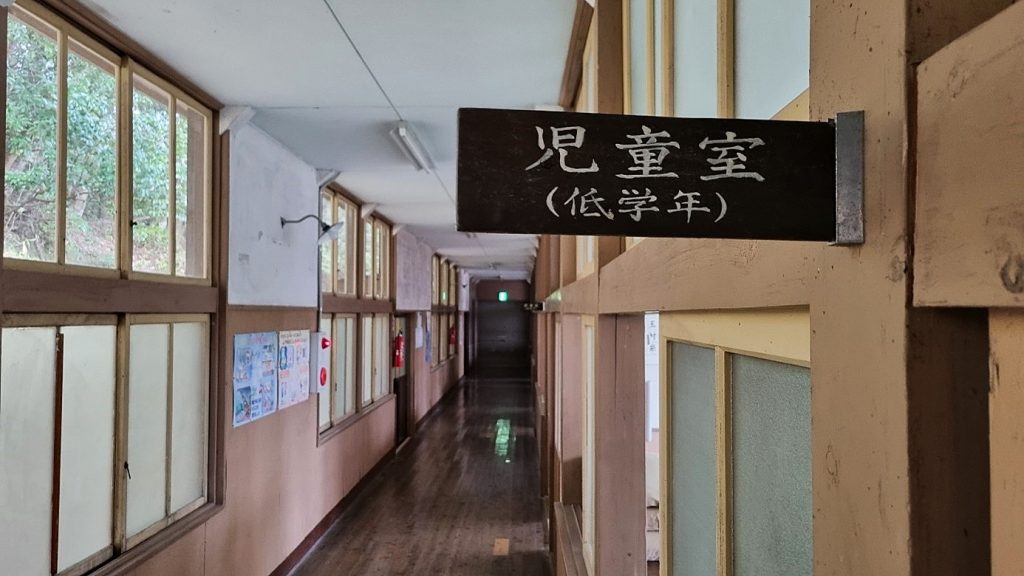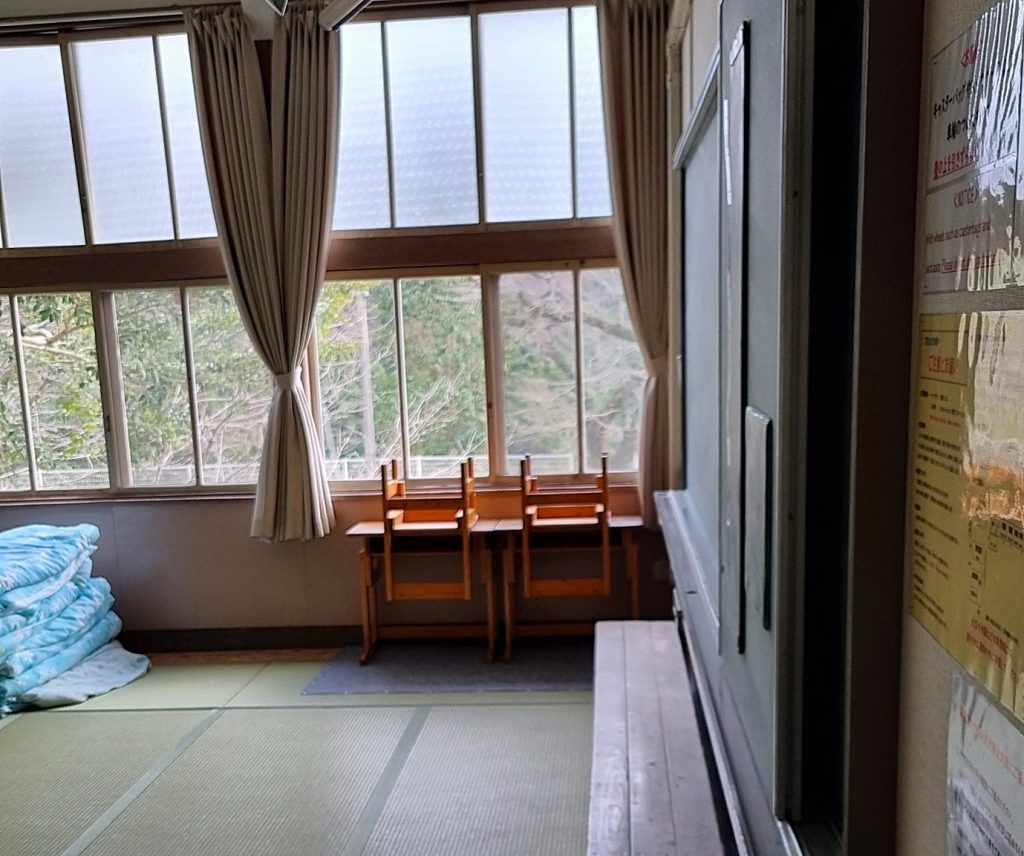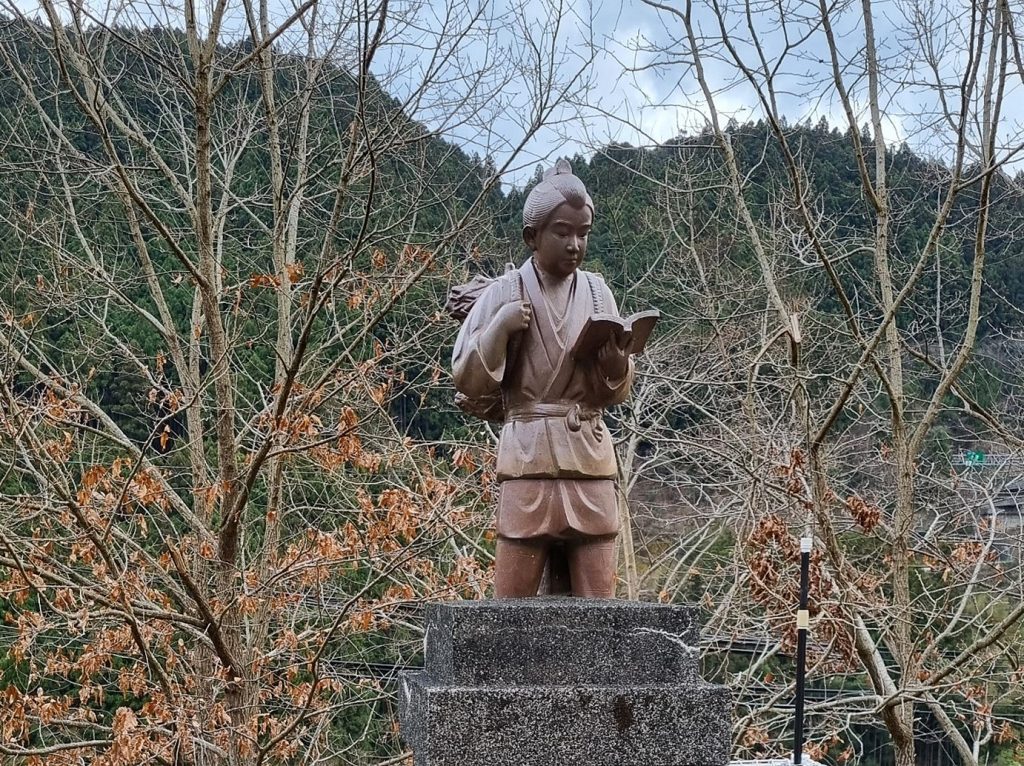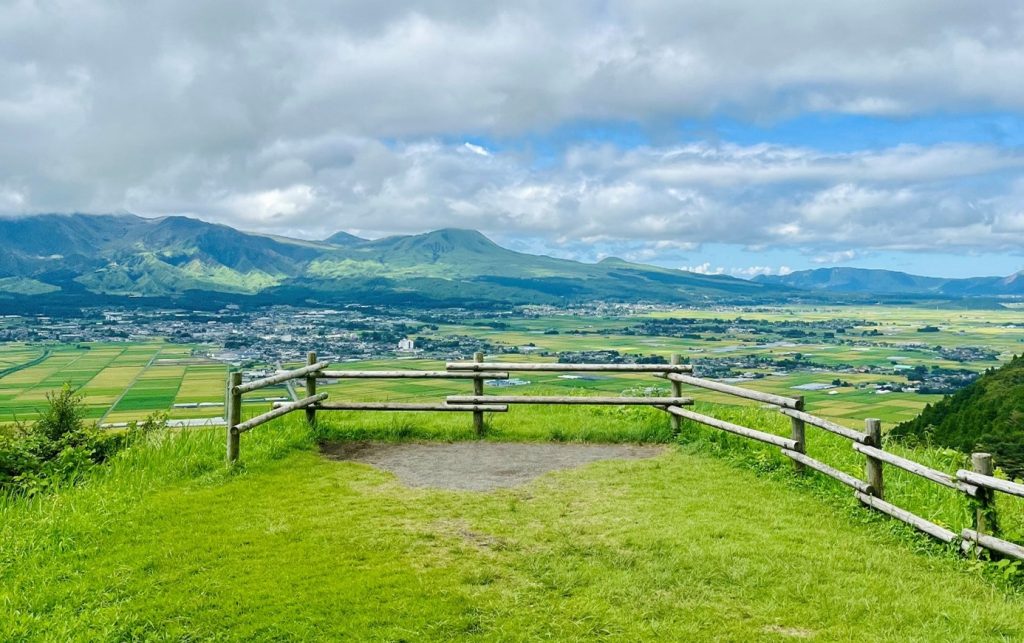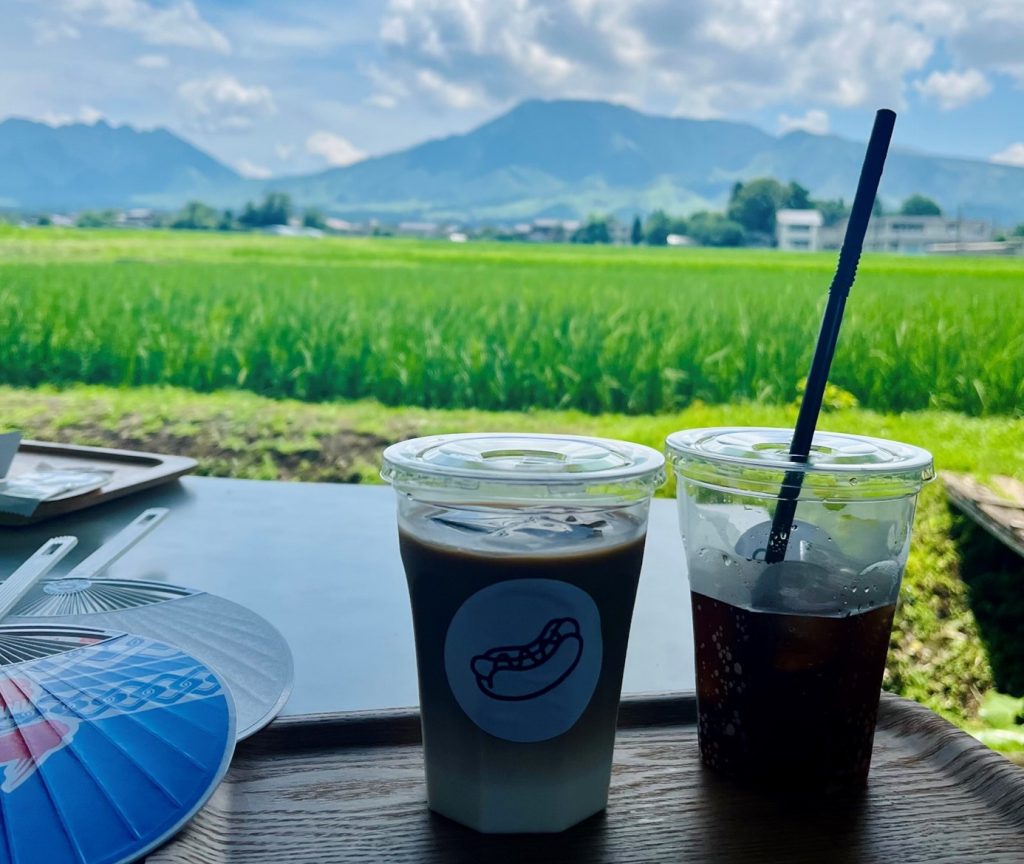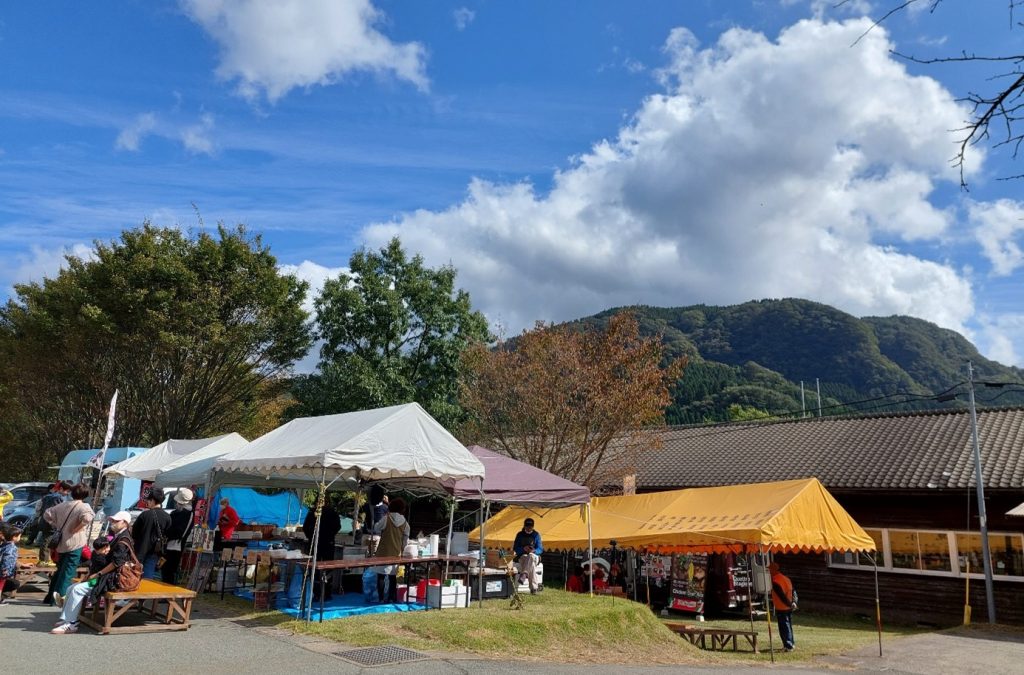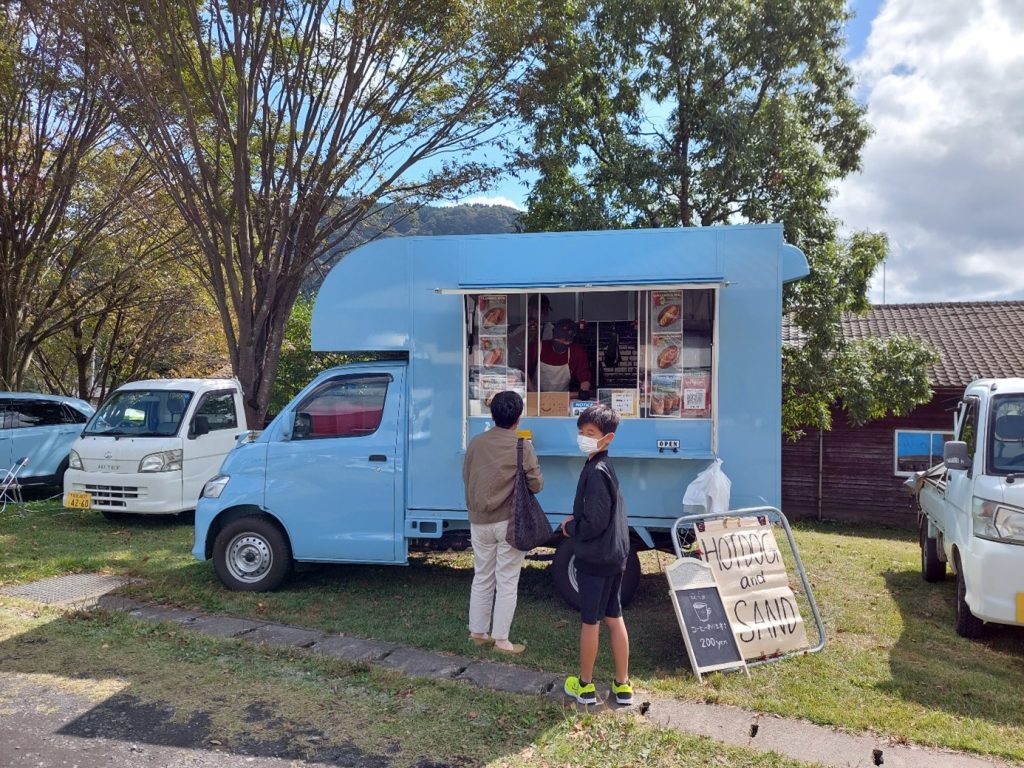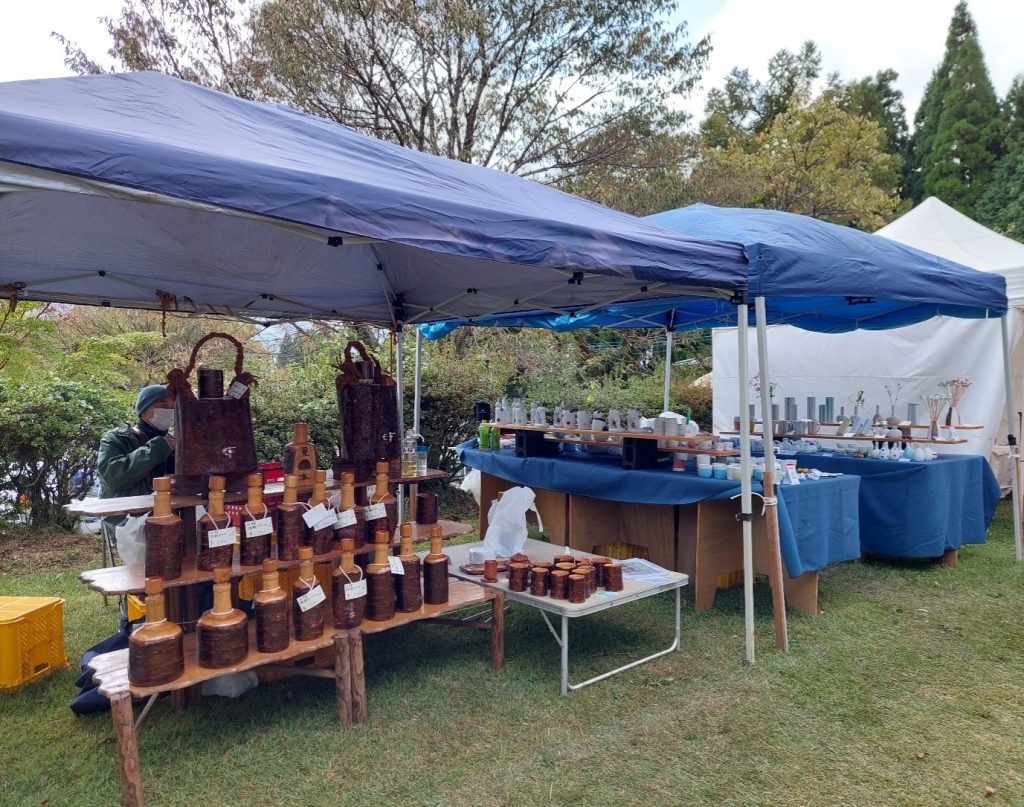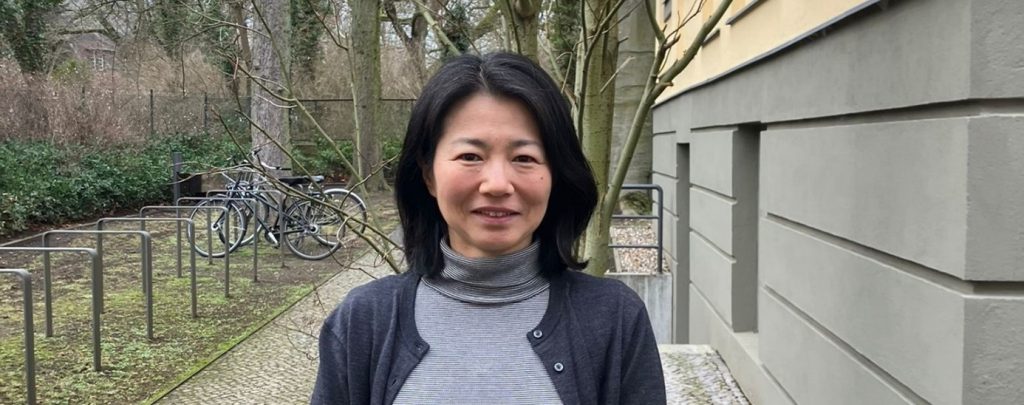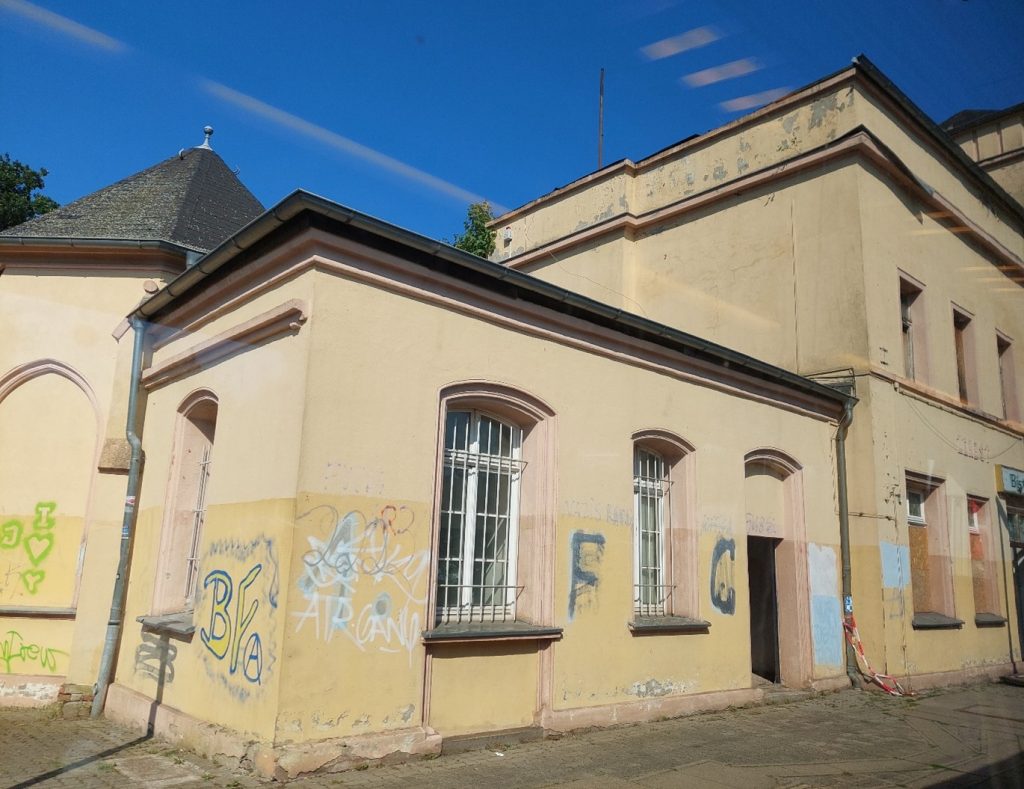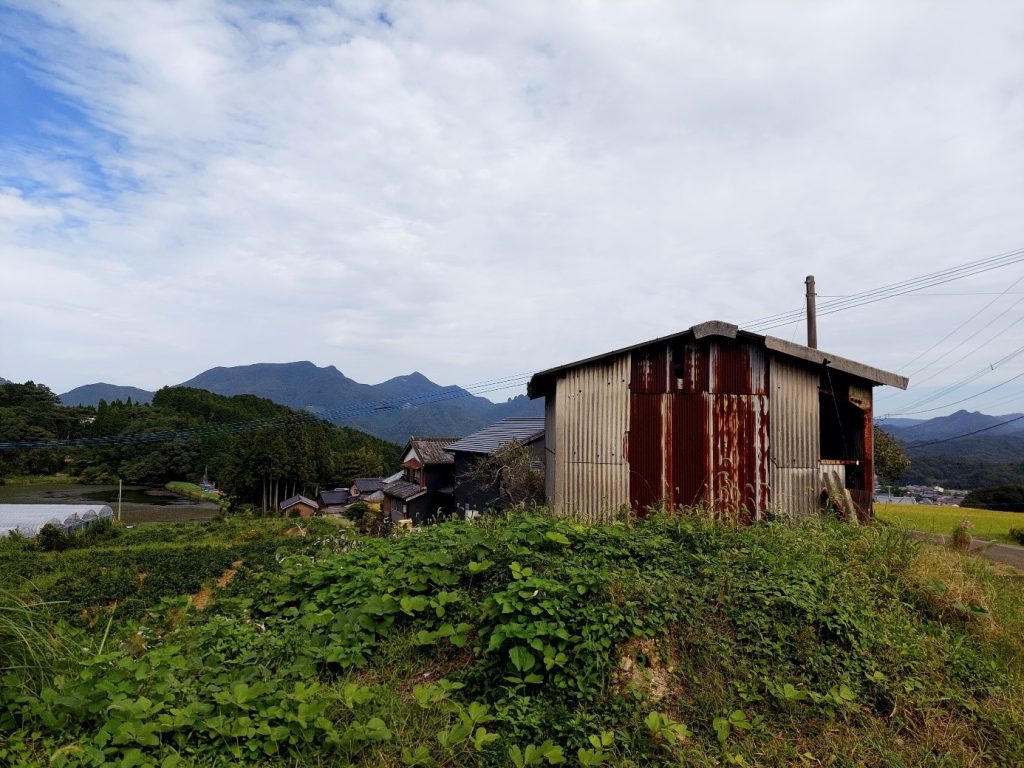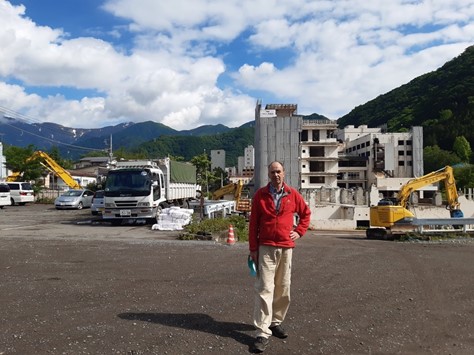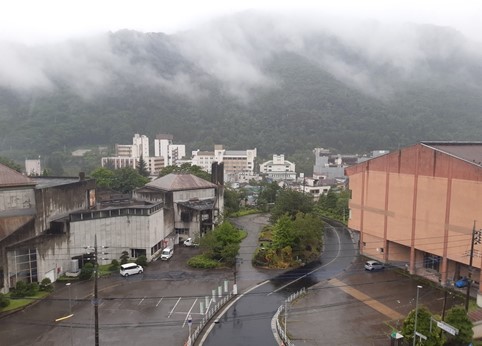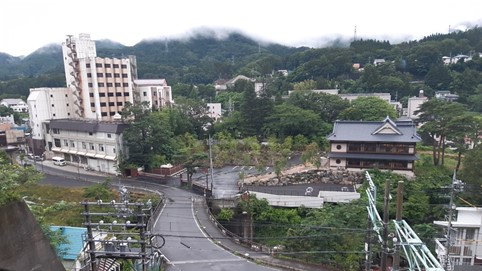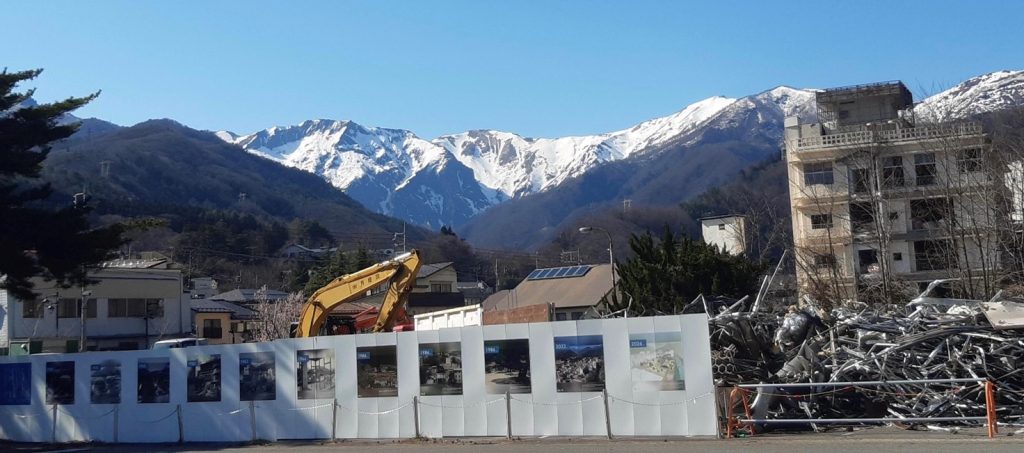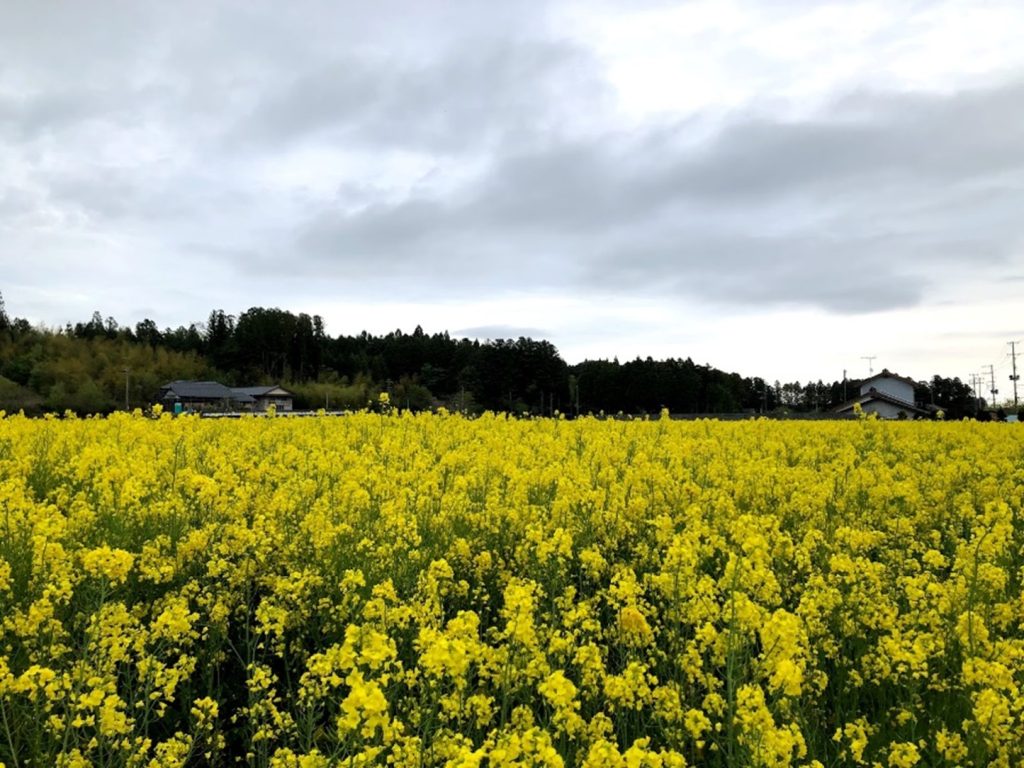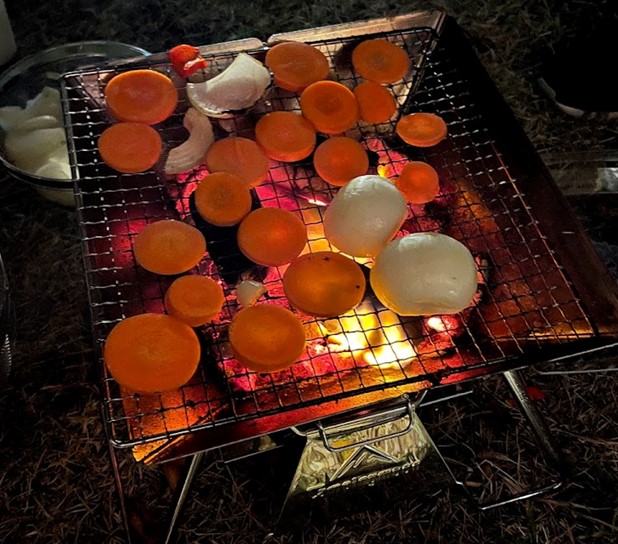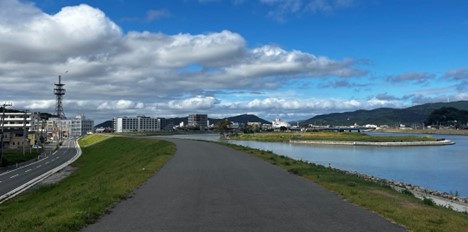by Arne Bartzsch
In my last blog post, I introduced Minakami, a small onsen town in Gunma Prefecture that, like so many rural towns in Japan, is struggling with various structural problems. In order to revitalize the town’s main touristic area, Minakami Onsen or Yubara, various measures and projects of urban planning were proposed in the Minakami’s 2020 master plan and other plans. Particularly interesting is a current project that relies on the collaboration between of business (san), administration (kan), academia (gaku) and finance (kin), which I will introduce in this article.
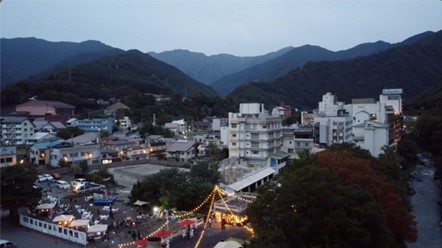
Copyright © Urban Design Laboratory, University of Tokyo 2023
At the beginning, two measures were taken to solve the prominent problem of abandoned houses and properties in Minakami Onsen. First, a cleanup campaign was conducted at several deserted sites, bringing lightness to the townscape and new spatial prospects. And second, for smaller vacant commercial or residential buildings, an executive committee was established as an intermediary between owners and potential users. That measure provided facilities for some new businesses in or near the district. The next step was about improving public space to create a more appealing and easy-to-walk touristic area. Under the concept of “5 public places” (itsutsu no hiroba), three places in Yubara and one each at the train station and the michi no eki were selected to help connecting the onsen-gai and the Tone River areas. The keyword of “walkability” emphasizes ease of access and leisure. This project is supported by special funding by Gunma Prefecture. The actual joint development project of the four partners, however, does not focus on the entire Minakami Onsen area, but on a central site in Yubara in the area of the former Hotel Ichiyo-Tei. Here, a public square is planned, with a park linking the onsen-gai with the riverbank and an open area for markets, events and festivals (matsuri). New buildings on the base of remaining structures (sustainable use of „grey energy“) will house a hotel as well as touristic and public facilities. However, the final design of this site has not yet been decided but is depending on the search for suitable operators and tenants and on remaining questions about the urban layout. For example, a new public onsen bathhouse is in consideration, and also the scale of space for parking lots is still an issue of discussion.
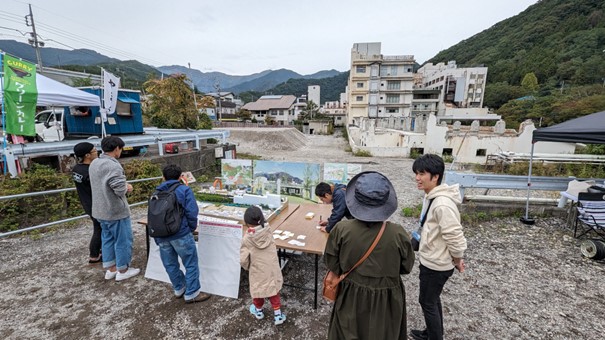
The project is a collaboration of “san-kan-gaku-kin” (business, administration, academia and finance) and the project design reflects the specific roles and motives of the four partners involved. The business side (san) is represented by The Open House Group, an expanding real estate investor, active in urban development. Since the company’s roots are in Gunma Prefecture, interest in investing in Minakami is strong. The company has acquired the former hotel Ichiyo-Tei – beside several other real estate in the community, including a ski-resort and plots of land for luxury accommodations. The commitment of Open House proofs that Minakami is an attractive place for investment. And it reflects a general trend of real estate investment in Japan to flee the heated marked in Tokyo and other major cities, and to look for profitable projects in the countryside.
The municipality of Minakami represents the administration (kan). It has chosen the former Ichiyo-Tei as the project’s main site because of its central location and the relevance for strategic communal development, but also because of certain necessities. The site comprises several large buildings and has a long history under the former name “Higaki Hotel”. In 2019, the hotel ceased operations. Due to debts and irregularities on the part of the previous owner, the municipality was left to struggle with the desolate site and considerable financial burdens. In the search for redevelopment opportunities and suitable investors, the Open House Group came onto the scene. This cooperation, and the concentration of the project’s scope to this central area, were strategic moves by the municipality, which had (and still has) to manage its limited resources.
Financial support came from the Gunma Bank which represents the finance sector (kin). The bank’s support is important for the municipality which bears the main burden of demolition, renovation and rebuilding of the hotel’s facilities. The building site itself, however, was acquired by the Open House Group who will be its lessor. This pattern of separate ownership of a real estate’s site and the objects built on it is quite common in Japan. In any case, the realization of this project goes along with substantial investment backup, and with considerable risk as well.
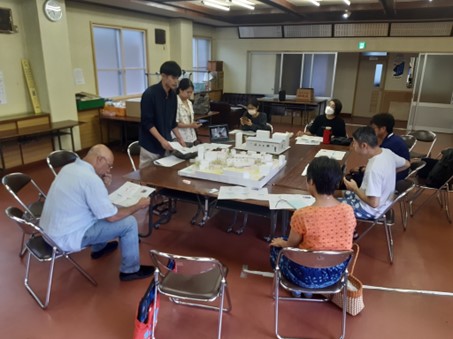
Copyright © Arne Bartzsch 2024
To link this business development with a sound and sustainable local development, a proper framework of urban design and planning is inevitable. For this purpose, important expertise could be secured from the Urban Design Laboratory of the Department of Urban Engineering of Tokyo University which represents academia (gaku) in this project. Sponsored by the Open House Group, the Urban Design Laboratory is supporting the municipality’s planning department with know-how, project design, organization and other activities. The Tokyo University, on the other hand, benefits from interesting opportunities for fieldwork education of its students, and from budget enhancement through third-party funding. The Urban Design Laboratory’s main tasks are to coordinate the central project at the former Ichiyo-Tei with comprehensive local development strategies, and to design a suitable framework for citizens’ participation, including facilitating the concurrent process. While seminar groups conduct on-site research of local histories, the Urban Design Laboratory is also taking part in the formal planning process. It discusses ideas and designs in public workshops, publishes information via various media, and initiates further dialog.
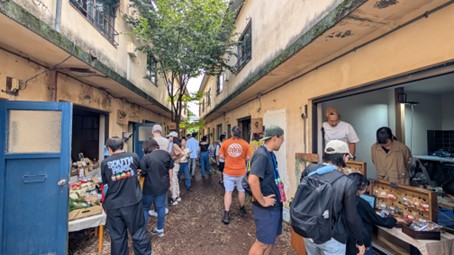
Copyright © Urban Design Laboratory, University of Tokyo 2024
The former Ichiyo-Tei has become the main location for activities of the Tokyo University student group, especially the abandoned accommodation buildings for employees of the former hotel, the „Higaki-dorm.“ The students, who frequently come from Tokyo for the project, have cleaned the desolate site and continue to provisionally renovate the buildings. They are joined by motivated citizens. While being accommodated privately, they can experience local life and develop cordial and trustful relationships. In the autumn of 2022, a market (Marché) was organized by the Tokyo University students at the Higaki-dorm. This form of event with flea-market, food-stands, project workshops and information tables are fashionable in present-day Japan, and it became quite a success in Yubara, too. It was repeated in 2023 and 2024 and expanded to additional sites. Machizukuri events like this attract a large number of visitors and serve as multipliers for information about the project, and as measures for confidence-building.
Arne Bartzsch graduated as M.A. of Information Science and Japanese Studies from Freie Universität Berlin. He is researching topics of cultural information and local development. In Japan, he has taken part in various machizukuri activities. Knowledge transfer between Germany and South Korea about re-unification and transformation was another long-term project.

